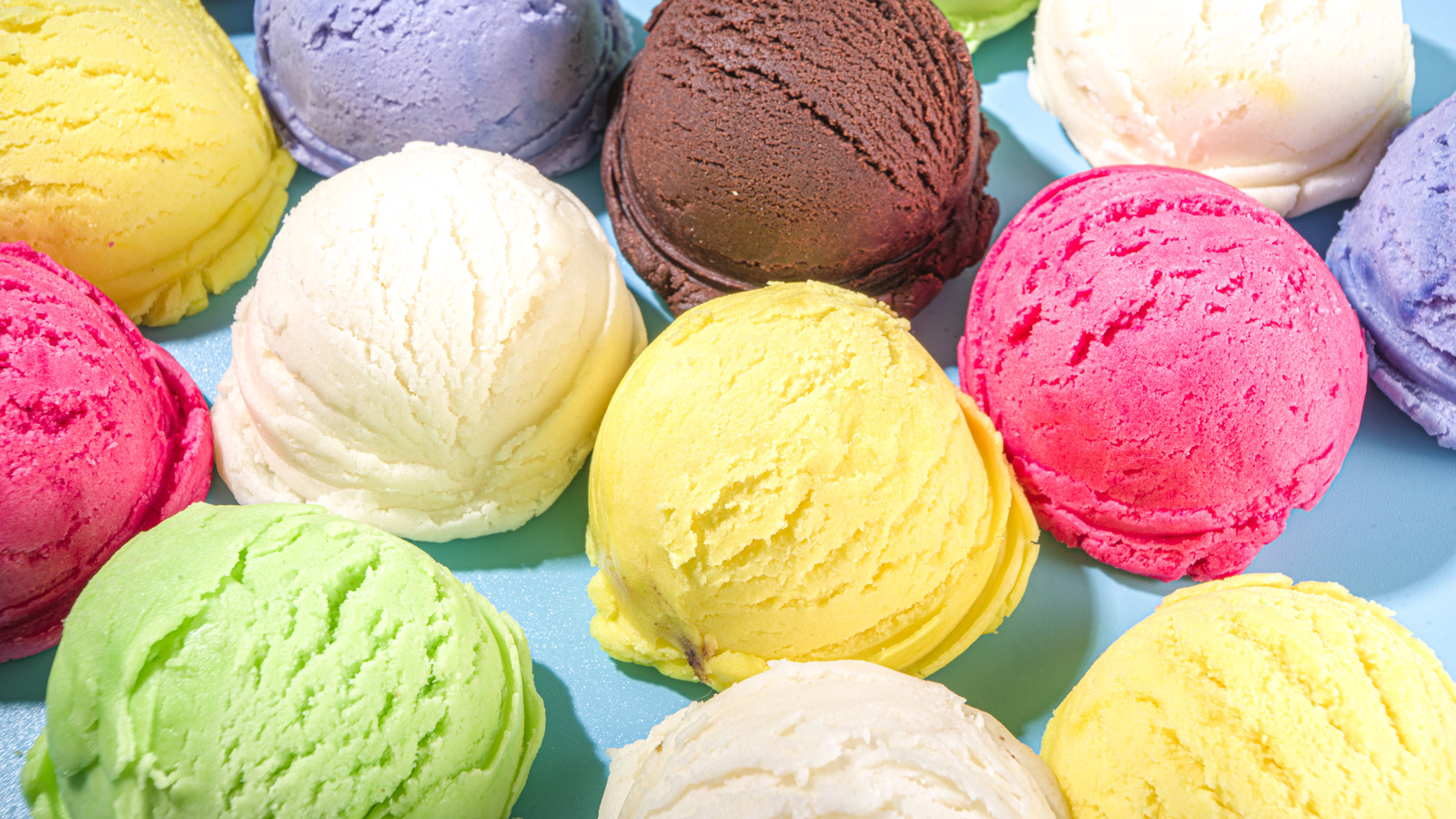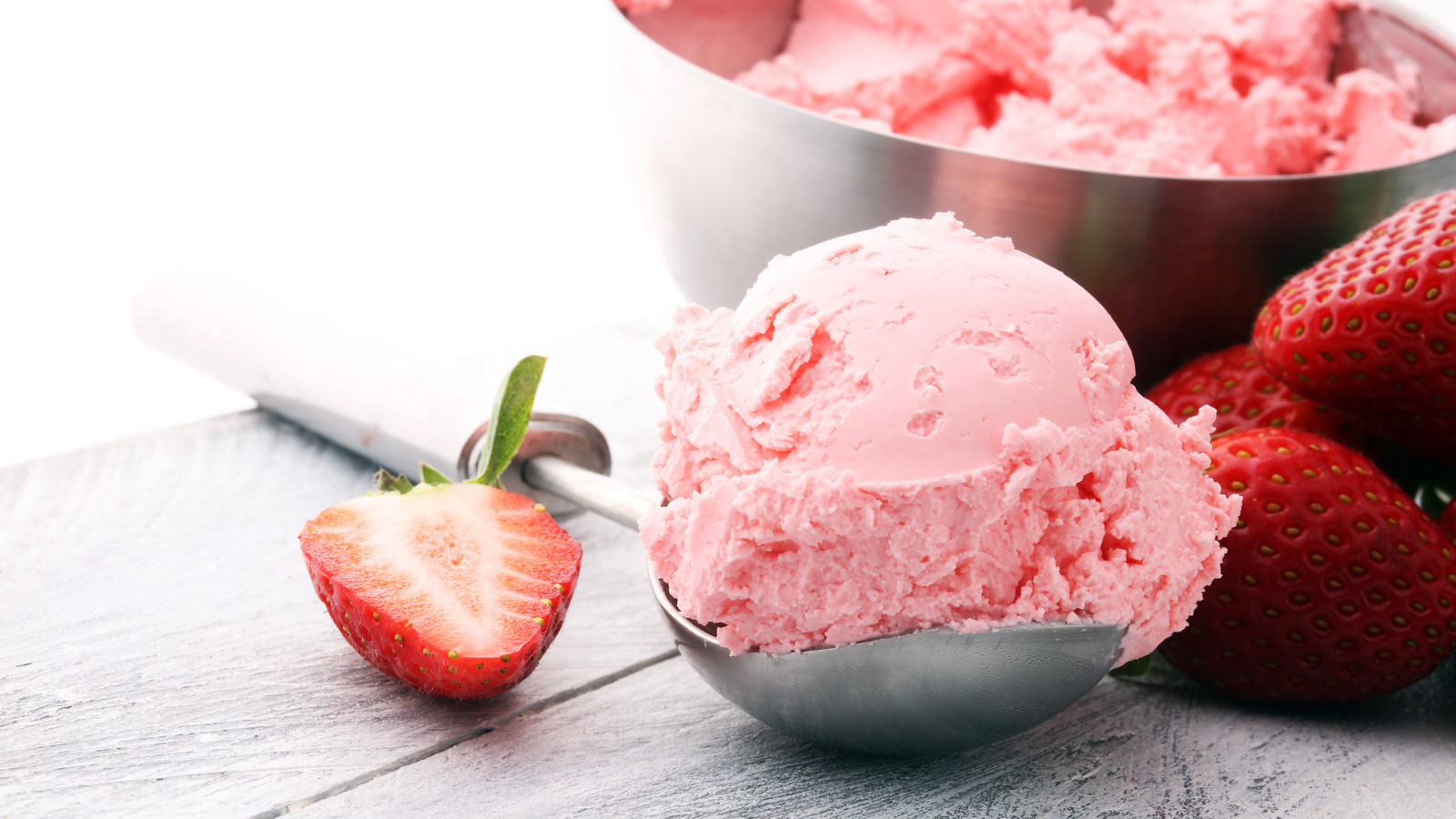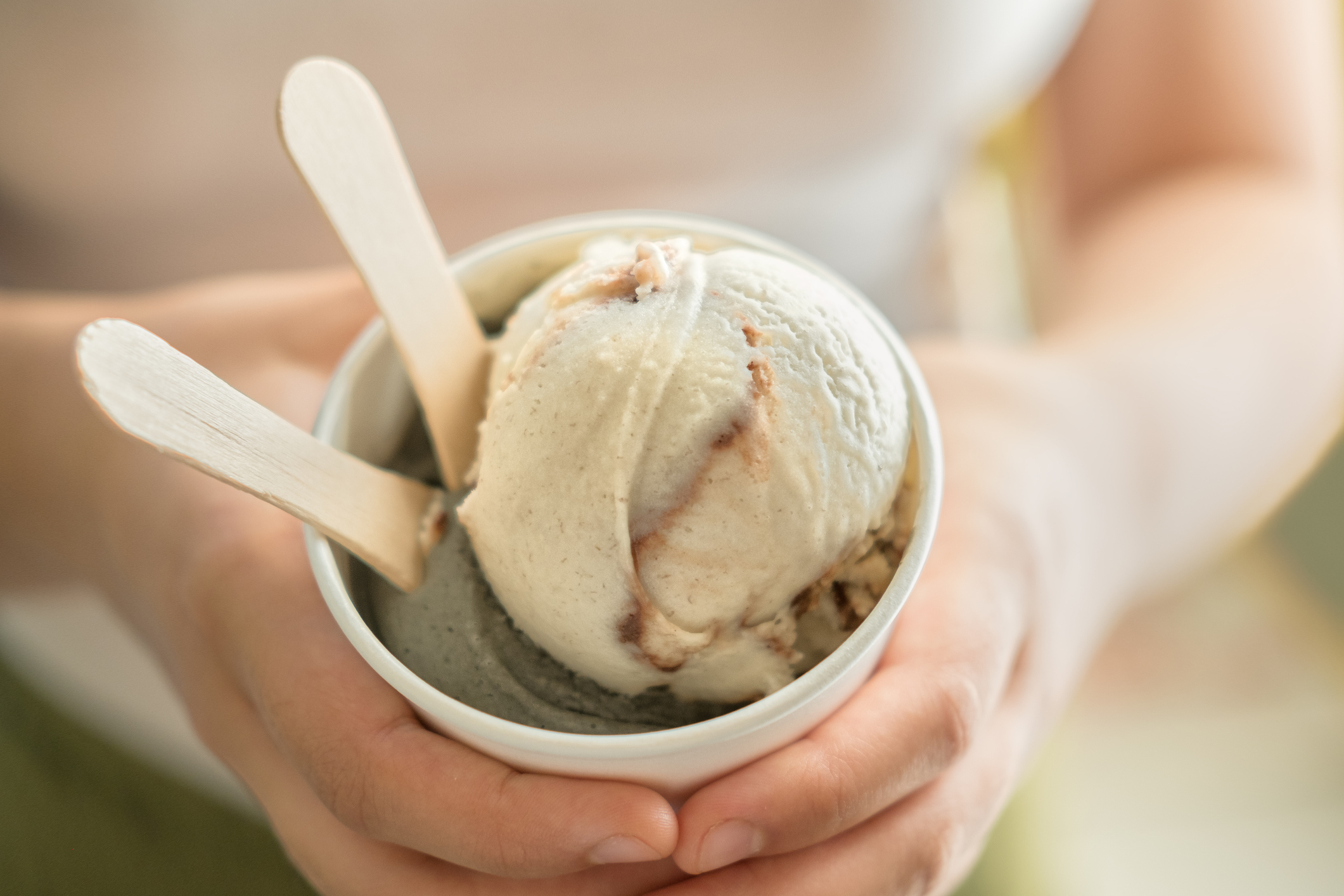
A scoop of creamy, delicious ice cream is a thrill that has no boundaries. Ice cream can put a grin on anyone’s face, whether it’s a hot summer day or a cold winter night. But have you ever wondered what it is about ice cream that makes it so smooth and velvety? The key is hidden in the enchanted world of stabilizers.
Stabilizers are essential in the world of ice cream, guaranteeing that it preserves its ideal texture, avoids ice crystallization, and retains its delectable taste. In this detailed guide, we will dig into the intriguing world of ice cream stabilizers, investigating their purposes, kinds, and contributions to the creation of the ultimate frozen treat.
The Science Behind Ice Cream Texture
Before we go into the world of stabilizers, it’s important to understand the science underlying the texture of ice cream. Ice cream is made up of three major ingredients: water, fat, and air. Tiny air bubbles uniformly spread throughout the liquid, giving the ice cream a light and fluffy texture.
When ice cream is frozen, the water molecules in the mixture crystallize to create ice crystals. The difficulty is preventing these ice crystals from becoming too big, which might result in a gritty and frosty feel. This is when stabilizers come in handy.
What Are Stabilizers, and How Do They Work?
 Stabilizers are ingredients used in the making of ice cream to improve texture and prevent ice crystallization. They are often hydrocolloids, which are chemicals that, when combined with water, create gels. Hydrocolloids have the ability to bind water and fat, forming a solid structure that traps air bubbles and prevents them from escaping during the freezing process.
Stabilizers are ingredients used in the making of ice cream to improve texture and prevent ice crystallization. They are often hydrocolloids, which are chemicals that, when combined with water, create gels. Hydrocolloids have the ability to bind water and fat, forming a solid structure that traps air bubbles and prevents them from escaping during the freezing process.
Why Do We Use Stabilizers in Ice Cream?
 Prevent ice crystal formation: Stabilizers help inhibit the growth of large ice crystals, resulting in a smoother and creamier texture.
Prevent ice crystal formation: Stabilizers help inhibit the growth of large ice crystals, resulting in a smoother and creamier texture.
Improve texture: Stabilizers create a stable structure that traps air bubbles, giving the ice cream a light and fluffy texture.
Enhance mouthfeel: Stabilizers contribute to a rich and velvety mouthfeel, making ice cream more enjoyable to eat.
Increase shelf life: Stabilizers help extend the shelf life of ice cream by maintaining its texture and preventing ice crystal growth over time.
Create a consistent product: Using stabilizers ensures that each batch of ice cream has a consistent texture and appearance, providing a reliable product to consumers.
Allow for varied ingredients: Stabilizers offer flexibility in using various ingredients, enabling the creation of specialty ice cream varieties to cater to different preferences and dietary requirements.
Improve freeze-thaw stability: Stabilizers help ice cream withstand temperature fluctuations without compromising its quality, making it suitable for transportation and storage.
Enhance overall quality: By maintaining a stable texture and preventing ice crystallization, stabilizers contribute to the overall quality and appeal of ice cream.
Common Stabilizers Used in Ice Cream Include:

Guar Gum: Derived from the guar bean, this stabilizer is known for its excellent thickening and stabilizing properties.
Xanthan Gum: Produced through the fermentation of sugars, xanthan gum forms a gel that helps maintain a smooth and creamy texture in ice cream.
Carrageenan: Extracted from red seaweed, carrageenan is used for its ability to improve texture and prevent ice crystal formation.
Locust Bean Gum: Derived from the carob tree seeds, this stabilizer enhances viscosity and texture in ice cream.
Cellulose Gum: Also known as carboxymethyl cellulose (CMC), this stabilizer helps prevent ice crystals from forming.
Types of Stabilizers
Stabilizers can be categorized into two main groups: natural stabilizers and synthetic stabilizers.
Natural Stabilizers: These stabilizers are derived from natural sources, such as plants and seaweeds. They are preferred by many ice cream manufacturers and consumers looking for more natural ingredients.
Synthetic Stabilizers: These stabilizers are chemically engineered to replicate the functions of natural stabilizers. While they may not be as appealing to health-conscious consumers, they offer excellent stabilizing properties.
Achieving the Perfect Balance
When it comes to ice cream stabilizers, finding the perfect mix is critical. Too much stabilizer can provide a sticky or slimy texture, while too little can cause ice crystal formation and a gritty mouthfeel. Ice cream makers painstakingly craft their formulations to achieve the proper balance, taking into account the type of stabilizer, the amount used, and the other ingredients in the mix. For instance, Food Specialties, a privately owned Canadian company, uses stabilizers to improve their ice creams in all kinds of wonderful ways.
Innovations in Stabilizers
Stabilizers evolve in tandem with the ice cream business. Manufacturers are continually studying and experimenting with new ingredients and formulas in order to enhance ice cream’s stability, texture, and general quality. Today, ice cream variants that accommodate certain dietary concerns, such as stabilizers suited for vegan or gluten-free ice cream, are available.
As an ice cream enthusiast, if you want to discover the stabilizer that can make your ice cream much more spectacular, contact Food Specialties today for samples and more!
